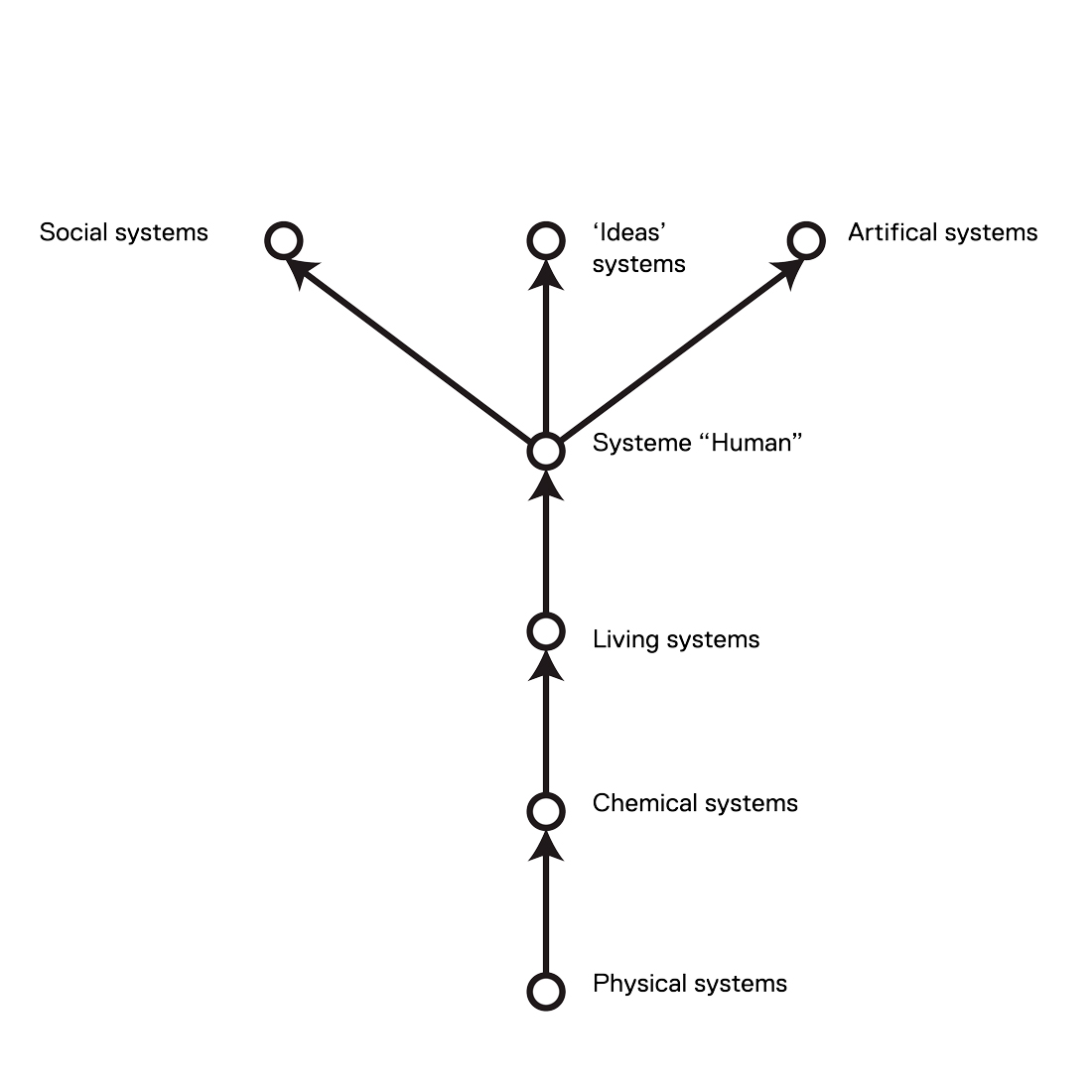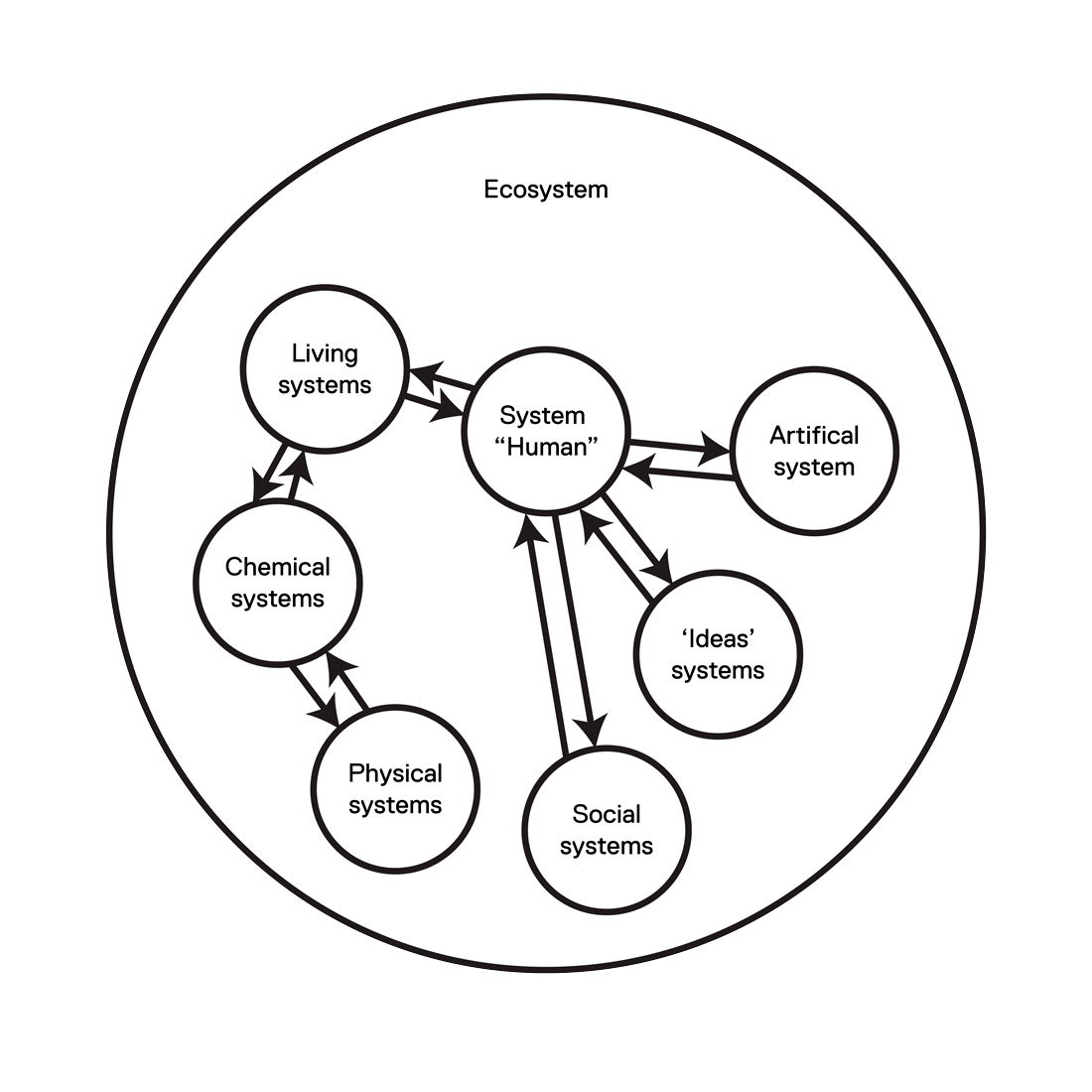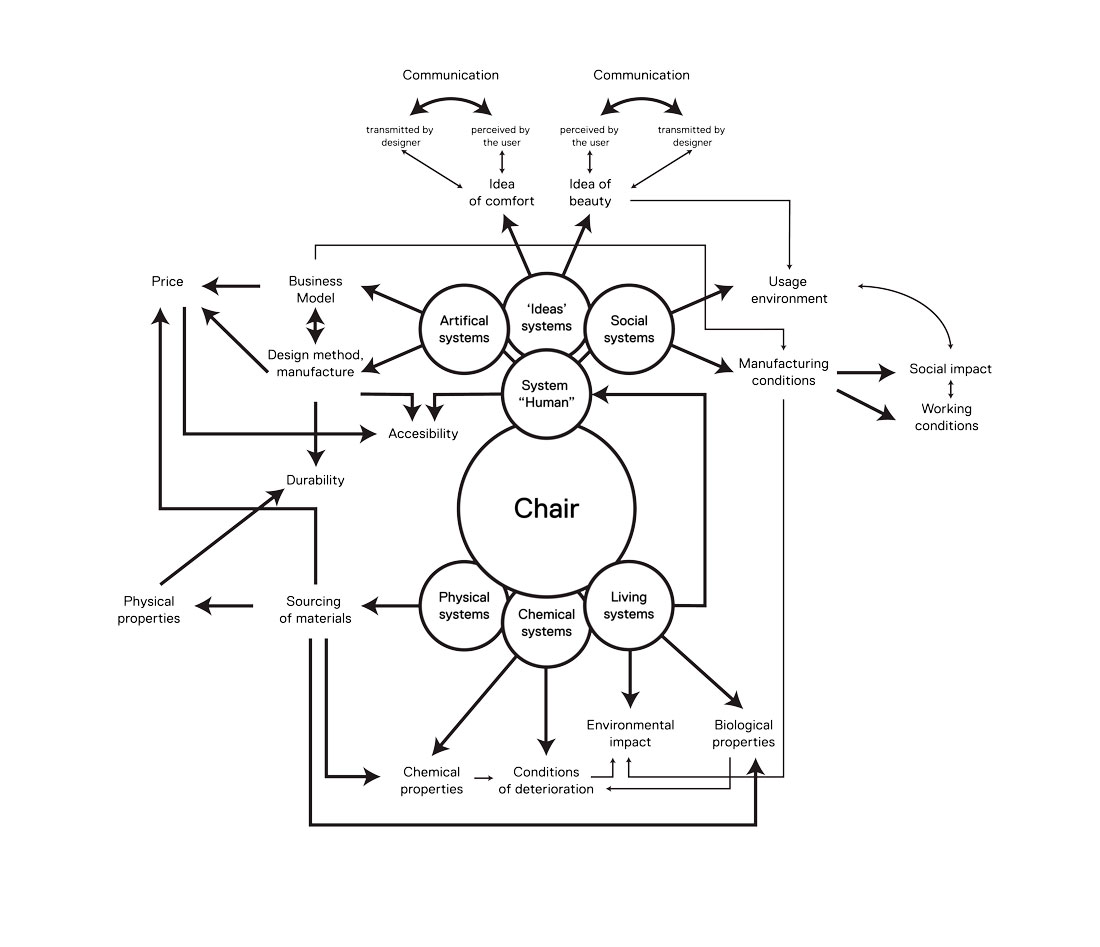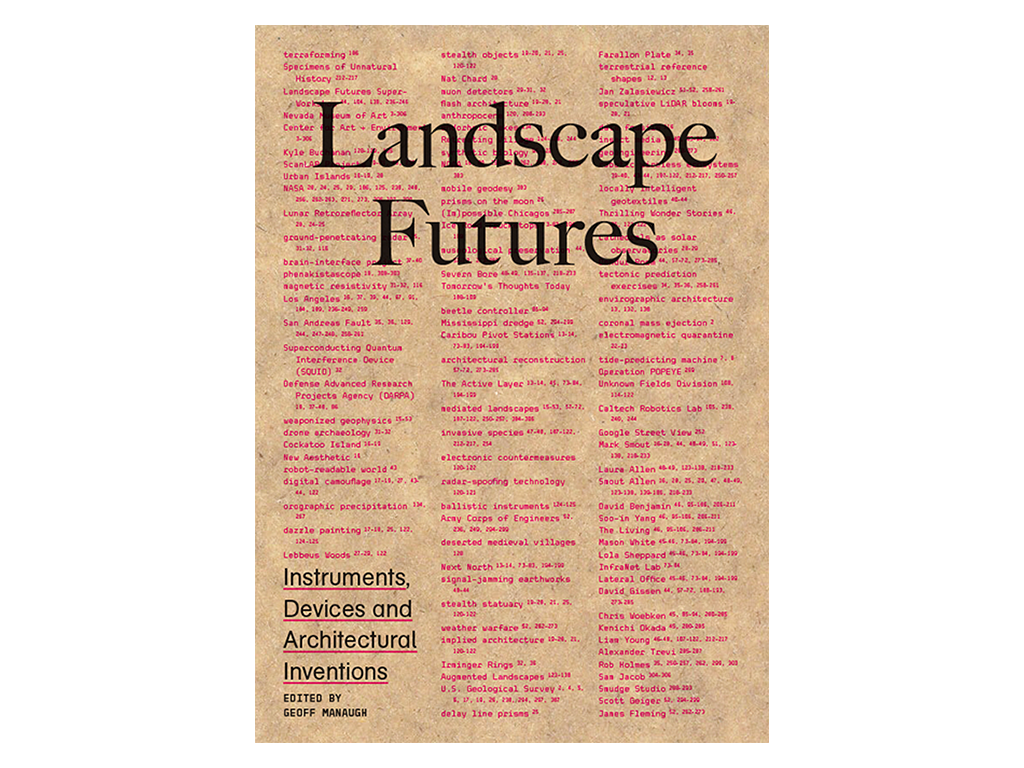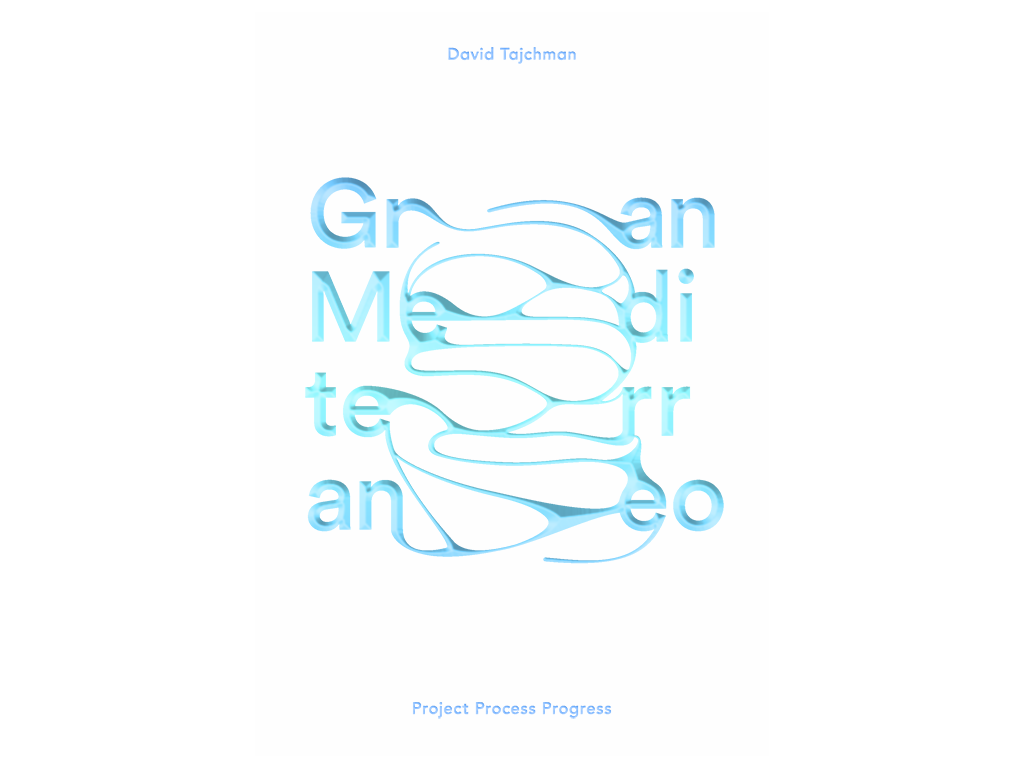Design is difficult to define. It is an evanescent form that escapes the grip of the one who wants to appropriate it. This fugacity is the strength of design. It is not limited to a single definition; it is all its definitions at once. It crosses disciplines but exists only through them. Design is definitely human: it adapts, evolves permanently and tries to escape from a single thought, with more or less success. As such, design traces the contours of a hybrid discipline. Design is not a knowledge that animates contexts; it is a context that drives knowledge. Design cannot have a global definition because it is only definable when contextualized, and the contexts of application are innumerable. The practice and goals of the seasoned graphic designer will rarely be similar to those of the service designer, for example.
This absence of definition, or rather the simultaneous plurality of definitions, allows me to propose an additional representation whose sole purpose is to enrich the view of the discipline: a representation that will coexist simultaneously with existing definitions.
Should design place man at the center of everything?
Let’s consider that design is expressed as an act, an act of design whose designer is its source. The act acts on defined actors. Suppose that the first receiver of the act is man: all the current currents of design bring this evidence as the terms “human-centered” and “user-centric” slip into the current term of the designer. This anthropocentrism has many benefits, but does positioning man at the center of everything not overshadow the other elements of equal importance? Can we speak of a human-centered approach without including its eco-system – obviously a central aspect because man’s existence is entirely caught up in it? The human-centered approach stems from an analytical thought that aims to isolate the human – the user – in order to better understand it, but in doing so it detaches man from everything that makes him up and that he is made up of: his immediate environment and his eco-system.
A quote from Pascal is particularly dear to me: “I think it is impossible to know the parts without knowing the whole thing, nor to know the whole without knowing the particular parts.” Human beings are therefore part of a complex set of systems stemming from their natural environment, their activity, their attachment to a social and cultural group, and many other aspects: the eco-system, interacting directly with our – supposedly central – actor, the human being.
Embedded in so many systems in perpetual balancing, it may seem very complex to place the man at the center of the “everything” that is our world. In constant adjustment to the influx of all the systems that are linked to him, man is therefore a system in his own right that reacts and adapts. In a healthy design practice, putting man at the center is like creating a single-legged chair, believing in stability in the fall.
However, even if man is not able to measure everything (“Man is the measure of all things”, Plato, Theaetetus, 151e-152c), he is part of everything and everything is part of him. Thus, design is a multiple act which, by influencing the relationship between man and his environment, influences all the parts – at different intensities. Designers, knowing and working for man, then have to analyze and identify the elements and systems affected by their work. For each act of design with distinct objectives, this work of analysis, identification and modulation is therefore reinvented with each new act.
 Design and System
Design and System
Design is currently a formalized practice by man for man. It has the effect, wanted or not, of modulating human relations with all the systems and sets with which they interact. It is therefore normal that a centralization of man has existed in the past. However, as I explained above, it is generally inaccurate to be anthropocentric in the contemporary context: man remains of equivalent importance to each element that makes up the ecosystem – neither more important nor less important, just equivalent.
Before going further, it seems to me relevant to introduce here some notions regarding the systemic. Man is linked to each element of his ecosystem, either directly or by extension. Each element has an effect on man and man has an effect on the element in question. Each element / system in the set sends a signal / information to man, who adapts accordingly and modifies (by amplification or reduction) the signal he will send in turn; it is a feedback. For example, if I write a text and I have it corrected by a friend, and I then modify my original text according to his corrections, I will have retroacted (feedback). Each element of the system is therefore in a constant balancing act with the others, and a prolonged variation can bring about a change of state of the system. There is self-organization. For example, if I continue to correct my text following the constant input from my corrector, I may consider that my angle of attack was not good and I will probably rewrite my text with a new axis. Edgar Morin defines this as an “organizing disorder”.
Now, let’s take the example of an everyday object: a chair. The chair is an intermediary between man and his environment, in this case the soil, belonging to the set “environment”.
For example, a man is tired and needs to sit down. Here, the interaction with the environment is simple. The man observes beforehand the place most suited to sitting according to the criteria of comfort and security: Will he be comfortably seated to optimize his recovery time; Is the ground wet? Is the place too sunny, safe from potential hazards, etc.? According to the information provided by the observation (that is to say by the information provided by the set “environment”), the set “man” selects the most relevant information and makes a decision (conscious or not). The signals that link the two sets are balanced around the information available and selected. This results in the decision that is made. An informational consensus is created. If it is too hot, the man will sit in the shade of the tree even if it is less comfortable, because reducing his temperature will be the main factor in decision making.
Of course, these signals are doomed to destabilize eventually because the ground may prove too rocky, not comfortable enough, or perhaps the weather will have changed. The signals will therefore be unbalanced, whatever happens, and the man will leave his position marking the end of the sitting period.
By analyzing the different periods, frequencies and amplitudes that define the interaction between the set “man” and the set “environment”, the designer is able to modify the signals – the design act – thanks to a mediator, a chair.
The integration of the chair into the interaction between systems will modify it directly: a more comfortable place to sit will create longer or shorter sitting periods. This chair as mediator will undergo a series of iterations that will correspond to the modifications of the informative signals between the two sets and thus to the creation of a new form of seating.
To overcome any question about which influences the other (the story of the chicken and the egg), it seems important to remember that there is no order or hierarchy in this process. As an example, Edgar Morin reminds us: “Society is produced by interactions between individuals, but society, once produced, feeds back on individuals and products” (Edgar Morin, Introduction to Complex Thinking, p.100).

 How does the act of design express itself in the system(s)?
How does the act of design express itself in the system(s)?
The act of design is really an action in the system that houses it. At the scale of the ecosystem, however, action becomes a phenomenon – a phenomenon of mediation and modification of the interaction that links each system to the system “man”. We can then talk about the phenomenon of design; this re-definition makes it possible to conceive the act of design no longer as a single action and with a temporary and limited impact, but integrated it into a “whole” that is modified durably by each mediation.
For those who engender the act of design, it is important to understand the consequences once it becomes a phenomenon. The act of design responds to a hypothesis, an observation, a goal and it exerts its full potential towards that. However, the act of design becomes a phenomenon when the answer created, whether it is relevant or not, modifies the signals that bind the systems to each other, whether it is wanted or not. It seems difficult for the designer to be able to fully measure the impact of the act on the systems with the tools available. In that sense, the first step is to understand that the act of design does not limit what we want it to become but rather emerges simultaneously in all that is related to us. Drawing on the general typology of Burge’s systems, a first modeling allows a better understanding of the design phenomenon.
This draft re-definition of design has a multiple purpose. First, it is an invitation to caution. Each design act can have underestimated short-term and long-term impacts. It is necessary for the future designer to accept the complexity of the world, and by extension the multiple interactions between systems, and to avoid being blinded by apparent superficiality.
The same goes for the question of professional ethics, i.e., the designer’s responsibility. Of course, it is inhumane to ask a designer to take responsibility for all the desired and unwanted interactions of his act, because his professional competence is limited. However, he cannot be ignorant of the interactions and consequences inherent in his act. It is his task to identify where his skills are relevant and influential in the dynamics of the system, and it is up to him to make every effort to ensure the balanced nature of modified interactions. This is a question of decency and dignity.
